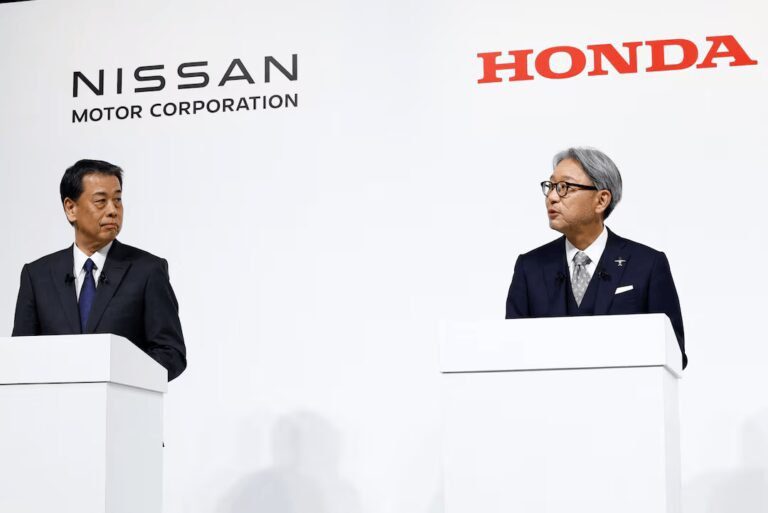Merger talks between Nissan and Honda, valued at $60 billion, collapsed due to strategic disagreements and leadership conflicts. Honda proposed making Nissan a subsidiary, which led to tensions between the two automakers. Nissan’s refusal to shut factories and make deeper job cuts also contributed to the breakdown.
Sources familiar with the discussions revealed that Nissan sought equal status despite its weaker financial position. Honda, however, insisted on significant workforce reductions and factory closures to improve efficiency. Nissan’s resistance signaled confidence in its ability to recover independently, despite ongoing struggles.
Leadership Conflicts and Slowed Decision-Making
The negotiations, which began in late 2024, quickly stalled over key issues, including how to divide shares in the new entity. Honda executives grew frustrated with Nissan’s slow decision-making, while Nissan executives questioned Honda’s approach.
In January, Nissan announced plans for an EV battery plant in Kyushu, Japan, reinforcing its commitment to maintaining factory operations. Shortly after, Honda revised the merger terms, demanding Nissan become a subsidiary. This unexpected change led Nissan’s CEO, Makoto Uchida, to withdraw from negotiations.
Renault, Nissan’s top shareholder, also opposed the merger, citing concerns over Honda’s takeover approach. The company vowed to protect its interests, further complicating the deal.
Future Prospects and Potential New Partnerships
With the merger abandoned, Nissan and Honda may return to their initial plan of collaborating on technology. If both companies agree to end discussions, neither will be responsible for the $650 million breakup fee outlined in their agreement.
Nissan is now exploring partnerships with other firms, including Taiwanese tech giant Foxconn. The company, which manufactures Apple’s iPhones, has expressed interest in working with Nissan but ruled out an acquisition.
As Nissan faces declining sales and potential U.S. tariffs on Mexico-made vehicles, analysts question whether its leadership fully grasps the industry’s challenges. Without major strategic shifts, the automaker risks further financial instability.


